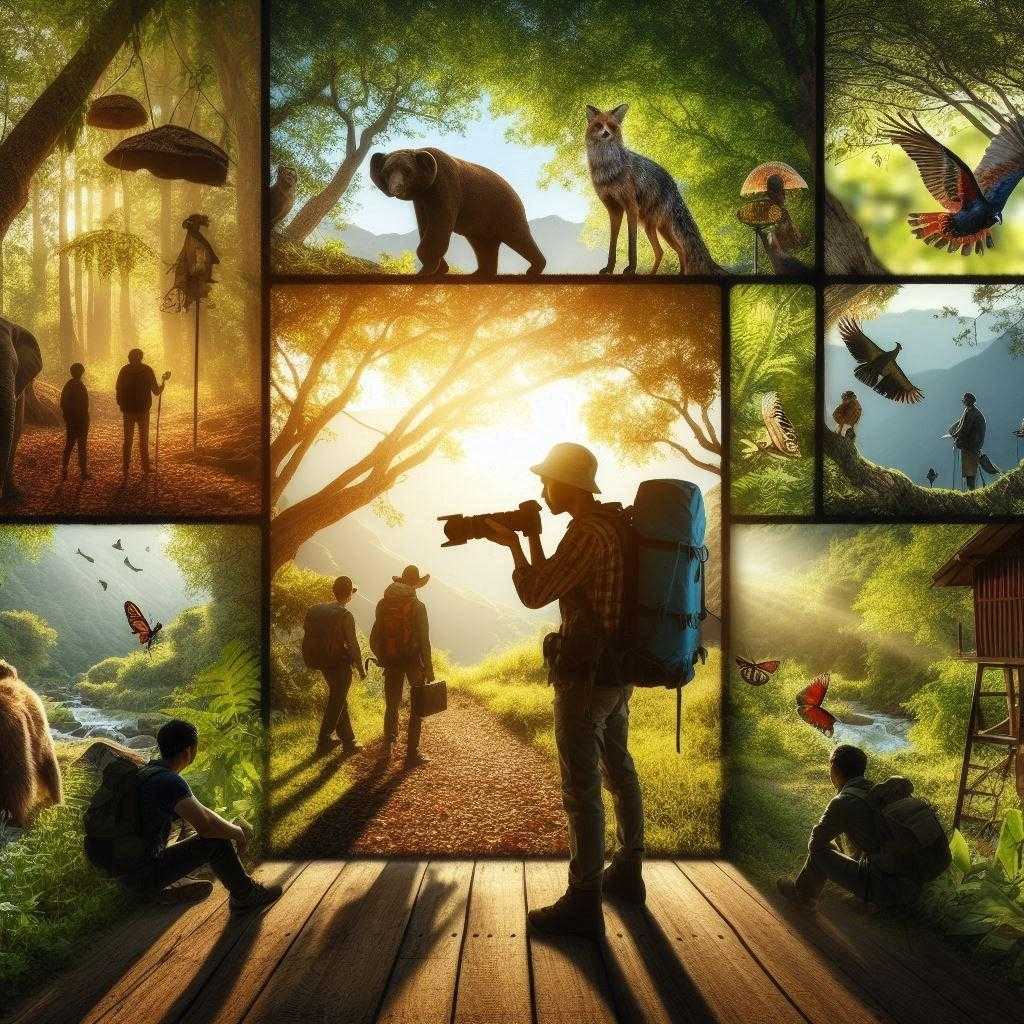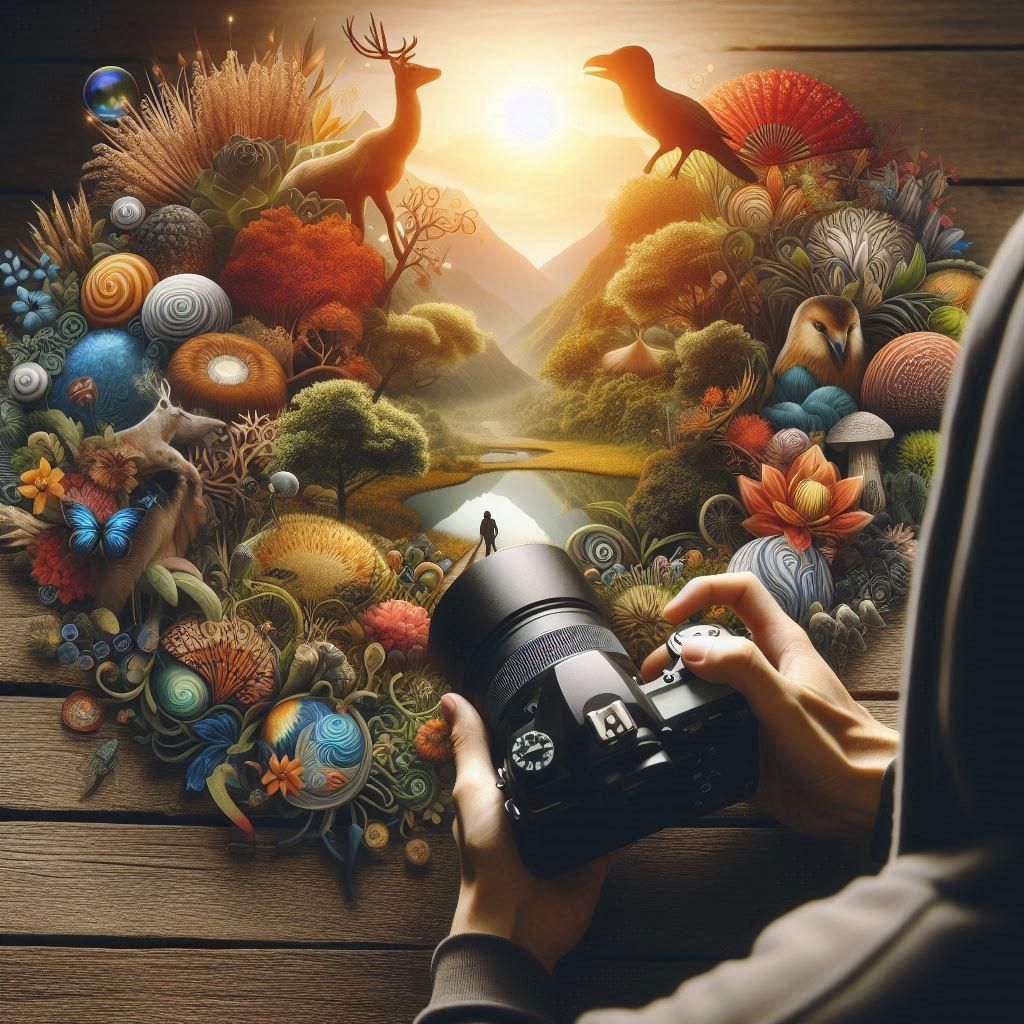What You Need to Know About Secured Credit Card Deposits!
About Balance Transfer Basics!
Weighing the Pros and Cons: Using a Personal Loan to Tackle Credit Card Debt.
Insuring Your Peace of Mind: An Overview of Common Types of Insurance.
What to do When Your Auto Insurance Claim is Denied?
What do you Know About Credit Scores!
Acquiring mastery in outdoor photography is important, whether one intends to deliver professional-quality photographs to clients or simply wants to capture the beauty of nature as it appears in casual snapshots.
Also, doing outdoor portraiture is a really rewarding experience that enables creating striking photographs bathed in the glow of natural light.
It takes devotion and great attention to detail to be able to take appealing outdoor photographs. From working together with your subjects to tweaking the settings, dealing with lighting, and framing compositions, there are lots of factors that come into play.
Indeed, this genre often presents many challenges for those who are new to it! Therefore, we will share practical tips from our experience in outdoor photography that will help you improve your photos and give you confidence on your way forward.

Essential Tips and Techniques in Outdoor Photography
These insights from the experts, when applied to our outdoor photography, will enable you to unlock your creative potential, thereby helping you acquire wonderful photographs that convey your unique vision of life.
1. Mastering Lighting
While doing outdoor photography, avoid midday sun, use open shade or reflectors for lessening shadows, or take shots under the soft lighting of cloudy days.
Many experienced photographers prefer to shoot during the golden hours around dawn and dusk due to the lovely warm touch imparted on their subjects by the setting sun.
Silhouettes can be created by experimenting with back lighting. Place your subject against a bright background, like an early morning or late afternoon sun, and make sure that you adjust exposure settings for high-contrast silhouettes.
This technique injects images with a sense of mystery and tension, especially during twilight hours.
Night photography outdoors often provides amazing results when shooting with a slow shutter speed. This method brings out ambient light, exposing finer details in poorly lit scenes or starry skies.
Remember to stabilize your camera using a tripod and utilize a remote shutter release to minimize motion blur during prolonged exposures.
2. Composition Techniques
Compared to other genres of photography, nature photographers use composition, framing, perspective, and balance to create visually arresting images. This means employing methods like frames that make the subject matter stand out while establishing visual unity.
To add mystery or depth to a picture while capturing it as an ideal photo, subjects are placed at strategic points in the frame. Rocks or flowers make for great foreground elements that add depth and bring viewers into the image.
3. Creative angles and perspectives
Introducing unconventional angles is one way of bringing new life into old photographs. It adds some novelty and interest to compositions.
By trying out low-angle or birds'-eye views, you can take photos that are different from traditional ones. Unusual perspectives boost creativity, leading to stunning images every time.
Make your pictures distinguishable, such as by adding things like dust and scratches to them and making use of specific editing software like Luminar Neo.
Overlays and presets go a long way in helping create unique outcomes, which means differentiating themselves from others visually.

4. Environmental portrait photography
Thoroughly immerse your subjects in their natural surroundings to create incredible portraits that are both deep and contextual.
By incorporating the environment, your pictures become more meaningful and layered, telling a story through visuals. Outdoor spaces can provide multiple opportunities for taking your portrait photography up a notch.
Therefore, use natural light creatively and merge elements of the environment into beautiful settings where the personalities of your subjects emerge distinctively. This method is especially useful for travel imagery as well as capturing local vibrancy.
Also take into consideration such important features as background selection, lighting subtleties, and composition rules when creating outdoor portraits that will hold viewers spellbound.
Additionally, it is very essential that, whenever taking headshots outside, one always ensure that sharpness falls on the eyes. In this image, the eyes act as windows through which we can peer deeply into its soul.
With a wide aperture set at a low f-stop number, it enables the subject’s gaze to take command by seeming to pop out against a blurred background, making it visually attractive and thus enhancing its overall impact on the image.
5. Exposing and Adjusting for White Balance
In outdoor photography, mastery of exposure and white balance is a must in order to achieve excellent images.
Exposure management involves controlling the amount of light that reaches the camera’s sensor by adjusting the aperture, shutter speed, and ISO settings. Assess tonal range using a histogram tool to ensure well balanced shots.
White balance calibration determines the image’s color temperature, which is important for accurate color representation.
Utilize presets or custom white balance settings and consider shooting in RAW format to enhance post-processing flexibility with photo editor apps. Keep evaluating your pictures regularly and modifying them on demand so as to perfect your abilities.

6. Working with Filters and Accessories
Using different filters and accessories can greatly improve your outdoor photography capabilities since they give you control over light, improve image quality, and help showcase your intended artistic expressions.
Hence, ND (Neutral Density) filters permit longer exposures even when it is bright outside by cutting down the incoming sunlight beam. In fact, they are particularly good at capturing quiet moments where clouds move slowly or water flows smoothly across the landscape.
Outdoor photography entails capturing images in natural, unspoiled environments. Whether your subject is landscapes, wildlife, or people, achieving balanced exposure through natural light is crucial.
Equally important is composing your shots in a compelling and visually engaging manner. The above tips provide valuable insights into how individuals may achieve this.
Conclusion
Outdoor photography is an art form that requires a delicate balance of technical skill and creative vision.
From mastering lighting to experimenting with composition and embracing unique perspectives, there are countless ways to capture the beauty of nature and tell compelling stories through imagery.
By following these essential tips and techniques, photographers can unlock their full creative potential and produce stunning photographs that resonate with viewers.